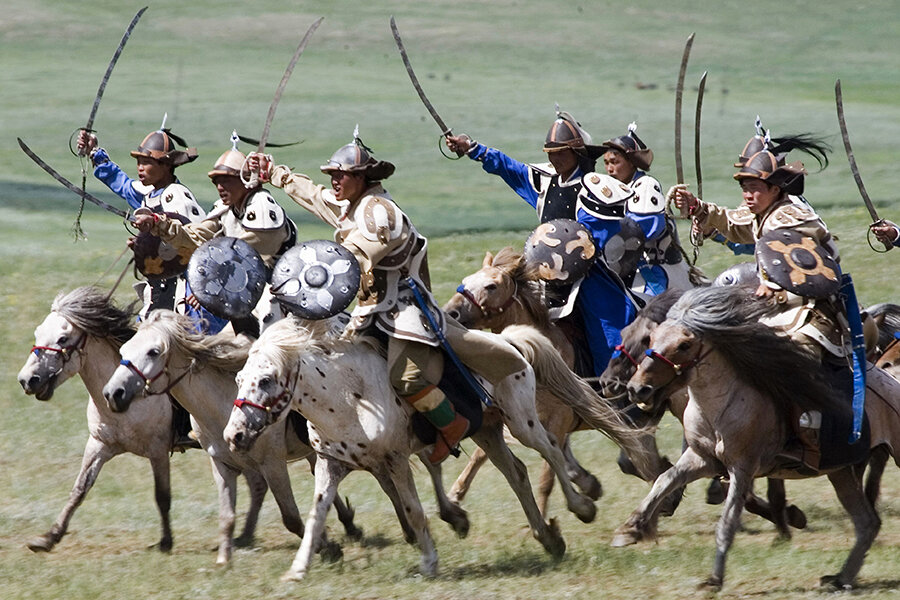Genetic 'atlas' shows just how much of a hodgepodge we all are
Loading...
Do you know where your DNA really comes from? A new, interactive "world map" might have an answer.
In a paper titled "A Genetic Atlas of Human Admixture History" published this week in the journal Science, researchers from Oxford University, University College London, and the Max Planck Institute for Evolutionary Anthropology analyzed the DNA of 1,490 individuals in 95 populations across Europe, Africa, Asia, and South America to understand how populations around the world mixed with each other over the last four millenniums.
The research documents the effect of historical events, such as the Mongol expansion and the Arab slave trade, on the gene pool of the world.
For example – it is widely believed that the Hazara, an ethnic group in Pakistan, are descended in part from Mongol warriors. This study confirmed that Mongol DNA did indeed, enter the population during the period of the Mongol Empire.
“DNA really has the power to tell stories and uncover details of humanity's past”, said Simon Myers of Oxford University's Department of Statistics and Wellcome Trust Centre for Human Genetics, co-senior author of the study.
“Because our approach uses only genetic data, it provides information independent from other sources. Many of our genetic observations match historical events, and we also see evidence of previously unrecorded genetic mixing. For example, the DNA of the Tu people in modern China suggests that in around 1200CE, Europeans similar to modern Greeks mixed with an otherwise Chinese-like population. Plausibly, the source of this European-like DNA might be merchants travelling the nearby Silk Road.”
The researchers used a software called GLOBETROTTER to date events occurring 160 generations ago, or almost 4500 years ago.
"GLOBETROTTER can likely date events somewhat older than this, but this is a rough idea of how old it can go in its current implementation, and technical reasons will make it challenging to go back tens of thousands of years," the authors said.
Scientists used statistical software to cluster individuals into groups based on the genetic similarity.
When individuals from different groups interbreed, their children have DNA of both the parents. Researchers looked for these "characteristic signatures" in DNA of the individuals to trace their ancestry.
The team used genome data for all the individuals in order to recognize the "chunks" of DNA that these individuals share with different populations. Therefore, "populations sharing more ancestry share more chunks, and individual chunks give clues about the underlying ancestry along chromosomes," according to a press release from the Max Planck Society is Germany.
“Each population has a particular genetic ‘palette’”, said Daniel Falush of the Max Planck Institute for Evolutionary Anthropology in Leipzig, Germany, co-senior author of the study. “If you were to paint the genomes of people in modern-day Maya, for example, you would use a mixed palette with colours from Spanish-like, West African and Native American DNA. This mix dates back to around 1670 AD, consistent with historical accounts describing Spanish and West African people entering the Americas around that time. Though we can’t directly sample DNA from the groups that mixed in the past, we can capture much of the DNA of these original groups as persisting, within a mixed palette of modern-day groups.”







